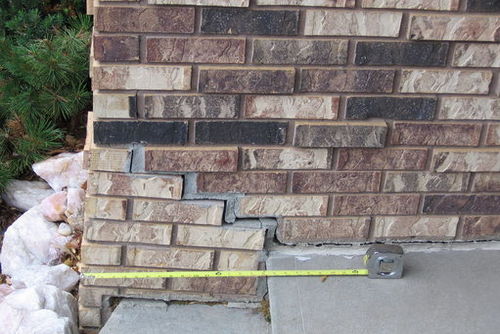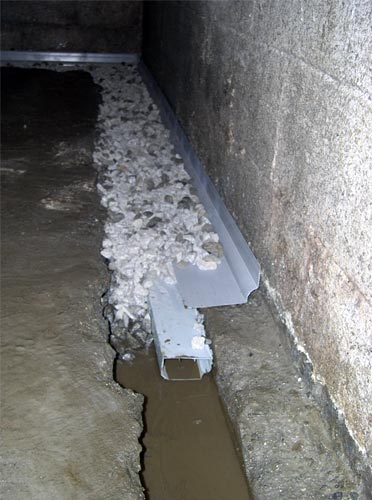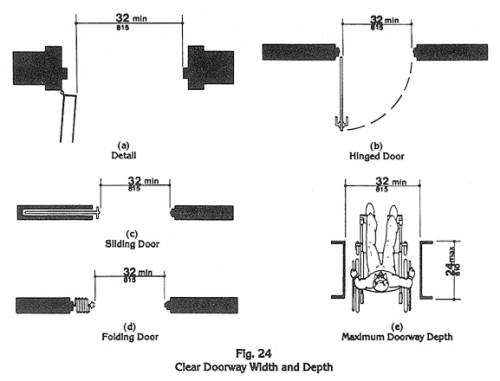Most people would not consider shoveling snow off of your sidewalks and driveways to be for anything more than safety but it is actually a very important part of maintaining your home properly. Keeping the water away from your homes foundation keeps your slabs from heaving and potential foundation wall failure. Allowing water to cause damage to your foundation can daisy chain into other problems like cracks appearing in brick work, drywall and trim, and even underground utilities line breaks like your sanitary sewer or main water line. It can easily become extremely expensive. These can all be avoided with a little homeowner maintenance knowledge.
One extremely important factor that a structural engineer needs to consider during a foundation design is water removal and minimizing the amount of water being allowed adjacent to the foundation wall and footing. In fact, typically the geotech that generates the soils report will suggest and provide guidance on a perimeter and/or an interior drain design at the base of your foundation.
Then the plot plan shows what your finished grade should be, maintaining a particular slope away from the perimeter of the home. To take that a step further, the landscape architect could require 3-5′ of landscaping fabric and rocks. Your gutters and downspouts are also a part of this equation by guiding water from your roof down and away from the foundation and day lighted a minimum of 5′ away. All of these carefully designed systems work together to keep water from getting to close to your home.
Allowing water to seep into the soils next to your foundation allows soils to compact, expand and shrink. And then you add freezing temperatures on top of all of this and you have a recipe for disaster.
It is almost impossible to keep slabs from heaving up and down and keeping them from cracking. That is why there is control joints tooled into the concrete which is essentially a guide for the concrete to break at that line. Though, these lines are designed to work in a controlled system they are still almost impossible to be completely accurate predicting what the earth is going to do.
An ideal soil type to build a home on is one that does not move at all and is completely stable all of the time. Unfortunately there is no such thing. So the best thing you can do is keep the moisture level as low as possible all the time. The message I would like to convey to you is that water is our enemy when it comes to your concrete foundation and slabs so shovel your sidewalks and driveway when it snows. It is quite gratifying when you are done and you can probably get the family out to play in the snow and build a snowman and get some exercise too!
In the event that you think that you might have some structural damage to your foundation we here at EVstudio are versed in almost every aspect of foundation repair and can guide you through the most suitable design needs. Below I’ve linked a few of our repair designs but please use the search feature on our online magazine to find many more.
https://evstudio.com/carbon-fiber-reinforcement-of-masonry-wall-for-new-7-eleven/
https://evstudio.com/resistance-piers-for-economical-foundation-repair/









